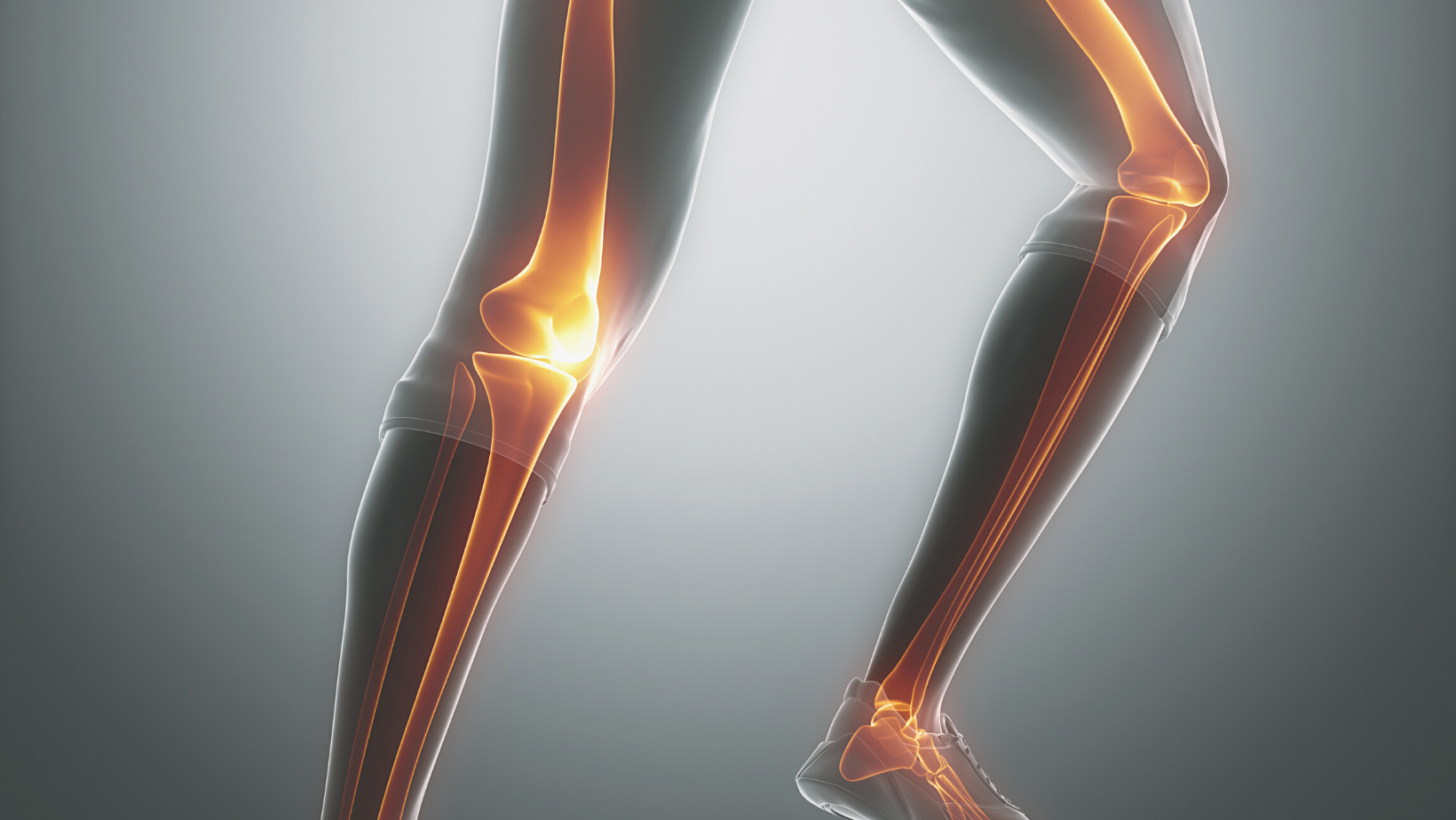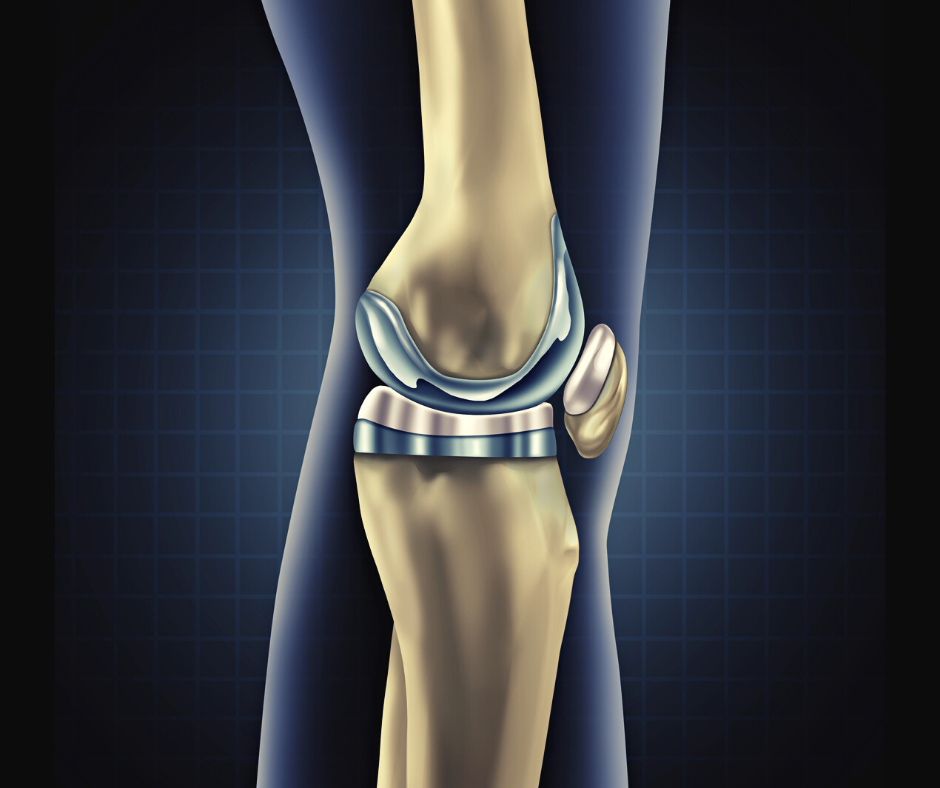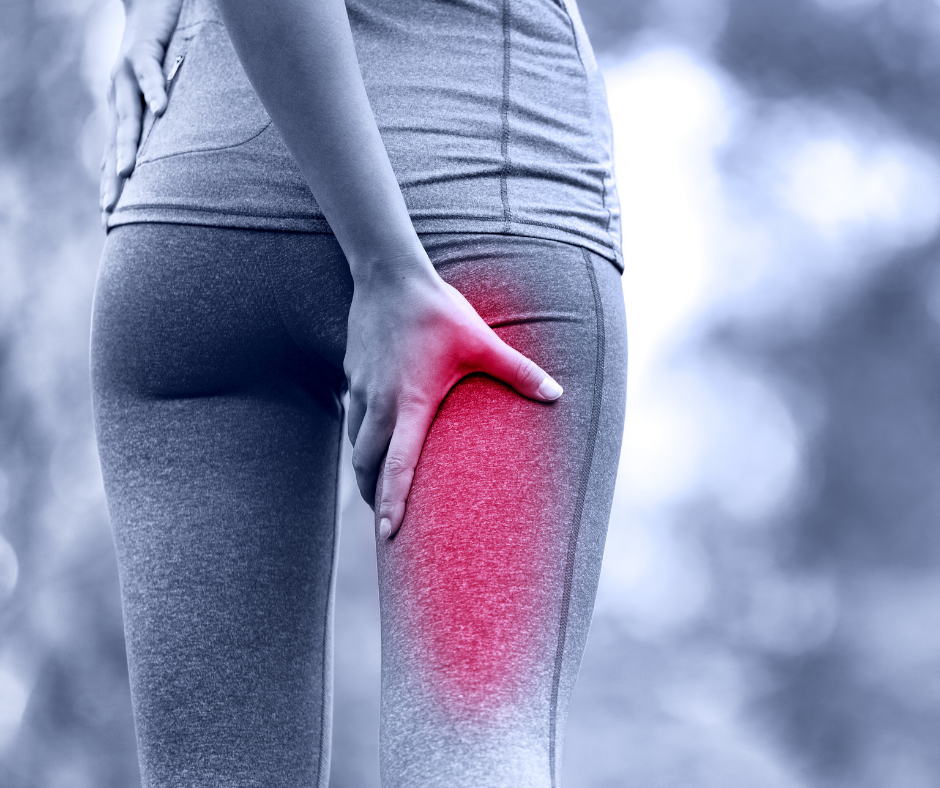
Knee Pain & Leg Conditions
The knee joint is one of the strongest and most important joints in the body, allowing the lower leg to move fluidly with the upper leg and hip while supporting the body’s weight. Our knee joint and ligaments, muscles of the leg, and hip muscle complex allow us to walk, sit, stand, and run. Due to the weight-bearing on our knees and legs, they are susceptible to certain conditions, injuries, and pain.
Knee Pain
Knee pain is among the most common reasons individuals seek physical therapy care. The knee is the largest and strongest joint in the body, comprised of a complex structure of bones, cartilage, ligaments, and tendons. Knee pain is often felt behind and around the kneecap, particularly during activities that place stress on the knee, limiting movement, strength, and muscle control of the leg.
Knee pain can result from a number of injuries and conditions, including
acute trauma due to falling or an accident
sports injuries like an ACL or meniscal tear
chronic, repetitive stress injury
osteoarthritis of the knee
runner’s knee (PFPS) and jumper’s knee
Physical therapy treatment for knee pain includes aquatic therapy, range-of-motion exercises, targeted muscle strengthening of the knee, hip, and ankle, and manual therapy.
Patellofemoral Pain Syndrome
Patellofemoral pain syndrome (PFPS) is one of the most common types of knee pain, often referred to as runner’s knee. It is associated with pain at the front of the knee and under and around the kneecap. PFPS usually results after athletes have suddenly increased the intensity of their training, placing too much stress on the knee.
Symptoms of PFPS include pain in and around the kneecap during weight-bearing activities; pain that worsens with prolonged sitting or squatting; little to no swelling; and may develop due to overuse or due to an acute traumatic incident to the knee.
Physical therapy addresses and treats patellofemoral pain through a customized exercise rehabilitation program. The exercise program specifically targets the hip, quadriceps, and knee muscles to reduce pain and improve function. Treatment also involves movement pattern, coordination, and gait training; core strengthening; manual therapy; kinesiotaping; foot orthotics, and patient education on load management, running form, and cross-training.
ACL Injury Rehabilitation
The ACL (anterior cruciate ligament) is a primary ligament located in the knee joint that holds the bones of the knee together and keeps the knee stable. ACL injuries are common during sports that require a fast pivot or cut but can also occur due to a contact force that overcomes the tensile strength of the ACL, such as a helmet to the knee.
Symptoms of an ACL injury include knee pain, an audible pop in the knee, difficulty standing and putting pressure on the injured leg, and swelling within 24 hours. For athletes, surgery to repair the ACL is common.
ACL rehabilitation post-surgery is generally a 9 to 16-month process to full recovery and return to sport. Physical therapy works to improve range of motion, contraction of the quadricep to promote knee extension and strength, and control swelling early on. Throughout the months of rehabilitation, the knee is progressively strengthened and loaded to handle stress and the athlete is progressed to sport-specific drills to prepare for the return to sport.
LCL Injury
A lateral collateral ligament (LCL) injury occurs when the ligament on the outer side of the knee is overstretched and tears, causing pain, swelling, and instability.
The LCL is a thick band of tissue connecting the thighbone and shinbone that can be injured when hit on the inside, pushing the knee outward, or if the knee straightens too quickly or forcefully.
Physical therapy can reduce LCL injury pain, restore strength and range of motion in the knee, and safely return athletes to their sport through a progressive therapeutic exercise program.
Patellar Tendinitis
Patellar tendinitis involves inflammation or injury to the patellar tendon due to repetitive stress and chronic overuse among athletes. The patellar tendon connects the kneecap to the top of the shinbone and plays a key role in extending the knee. It is especially common among athletes who engage in repetitive jumping, squatting, and running.
Physical therapy can help athletes address patellar tendinitis and regain strength, function, and mobility in the knee through a gradual targeted strengthening exercise program.
MPFL Injury
Medial patellofemoral ligament (MPFL) injury involves a strain or tear of the MPFL, typically due to a traumatic kneecap dislocation. It is more common in young, active females and in sports that require significant pivoting, such as football, basketball, racquetball, and tennis.
The MPFL is a ligament located on the inside of the knee joint, connecting the kneecap and thighbone and providing stability to the kneecap.
Physical therapy helps those with MPFL injuries restore knee strength and function and provides post-surgery rehabilitation if surgery is necessary.
Shin Splints
Shin splints are a very common athletic injury that develops when too much stress is placed on the shinbone and the muscles that attach to the shinbone, causing the muscles to strain where they connect to the bone. This causes shin pain that can be sharp to touch or ache during or after exercise.
Shin splints are an overuse injury due to repetitive force on the shinbone and muscles, occurring most often when athletes have recently started their sports season or suddenly increased the intensity and frequency of their workouts.
When experiencing shin pain, it’s critical to take a break from the aggravating activity. Physical therapy can help address shin splints through a variety of treatments: manual therapy, gait analysis, running mechanic instruction, modified training program and take-off and landing techniques for jumping athletes, stretching and strengthening exercises for the muscles of the hip and lower leg, cross-training, and orthotics.
Total Knee Replacement
A total knee replacement is a major surgery that involves removing the arthritic parts of the bones at the knee joint and replacing them with artificial parts. The knee is the most commonly replaced joint in the body and is done for those with severe knee injury or who have significant knee joint damage due to arthritis, other bone diseases, or a fracture.
Physical therapy plays a critical role in preparation for your surgery and during your recovery. Physical therapy helps improve mobility, decreases stiffness, manages pain, and gradually restores function and range of motion in the new knee.
Physical therapy treatment post-knee replacement includes range of motion exercises, strengthening exercises of the quadriceps and hamstrings, body awareness and balance training, and functional training.
Hamstring Strains
Hamstring strain injuries can occur in sports requiring running, sprinting, and rapid changes in direction. It results when one or more of the three hamstring muscles or tendons are strained or torn. The hamstring muscles are critical for lower body movement and allow you to straighten the hip and bend the knee.
Symptoms include sudden, sharp pain in the back of the thigh, feeling of pop or tearing in muscle, bruising, tenderness to touch, decrease in strength and flexibility of muscle group, and difficulty walking and running.
Physical therapy plays an important role in properly rehabilitating hamstring strain injuries and preventing an acute hamstring strain injury from becoming chronic. Physical therapy treatment involves a structured, therapeutic exercise program to restore muscle control, strength, range of motion, and balance.
Meniscus Tear
A meniscal tear is a common athletic injury that involves the tearing of the meniscus, a shock-absorbing pad of cartilage in the knee that protects and stabilizes the the knee joint and allows for fluid movement in various directions.
A meniscus tear is common in sports that require twisting or turning quickly on a bent knee, causing the knee to be compressed and twisted. Symptoms include sharp, intense knee pain; a pop or tearing sensation in knee at time of injury; swelling within 24 hours; and catching or locking sensation in knee.
Following a meniscus tear and surgery, physical therapy is critical to ensure proper healing and restore strength and movement to the knee to safely return to sport. Treatment includes ice and compression, manual therapy, and specific strengthening exercises and agility drills to restore strength and full movement to the knee.
Knee Osteoarthritis
Arthritis, the leading cause of joint pain in the United States, is a chronic, progressive condition that causes inflammation, swelling, pain, and stiffness in one or more joints.
Osteoarthritis is the most common form of arthritis that affects the knee. It is a degenerative joint disease that causes the cartilage around the joints to break down, often due to overuse, poor mechanics, or injury. Without sufficient cartilage, the bones begin to rub together, resulting in inflammation, swelling, and pain.
Physical therapy can help patients with osteoarthritis of the knee manage pain, move safely, improve function, and slow the progression of the disease. Physical therapy treatment includes manual therapy, aquatic therapy, and an exercise therapy program. Exercise is used to strengthen the muscles around the joints, maintain bone strength, and keep joints flexible and mobile.
Sports Hernia
A sports hernia is a soft tissue injury that occurs in the groin area involving a strain or tear in a muscle, tendon, or ligament deep in the abdominal wall.
A sports hernia is often due to intense repetitive or explosive twisting movements or sudden changes in direction. It commonly affects soccer, hockey, and football players.
Physical therapists play a critical role in helping an athlete recover from and return to sport safely after a sports hernia through an active rehabilitation program involving therapeutic exercise, progressive strengthening of the hip and abdomen, core stabilization, and manual therapy.
IT Band Syndrome
Iliotibial band syndrome (ITBS) is a common overuse injury among runners and cyclists. The IT band becomes inflamed and painful due to repetitive stress on the IT band.
The IT band is a thick band of connective tissue that extends from the pelvis to the tibia, connecting the outside of the tibia just below the knee.
Physical therapists treat IT band syndrome to lessen pain, restore movement and return to sport safely through a targeted strengthening program, manual therapy, and functional training.
MCL Injury
The MCL, or the medial collateral ligament, is the most commonly damaged ligament in the knee. It can be sprained or ruptured when a large force is applied to it.
The MCL provides support and stability to the knee during lateral and cutting movements and prevents the knee from bending inward toward the other knee.
Physical therapists help athletes regain function, mobility, stability, and strength in the MCL through a therapeutic exercise and targeted strengthening program.
Groin Injury
The groin is located where the abdomen meets the top of the thigh and the inner thigh muscles meet the pubic bone of the hip.
Groin pain is often related to a strain or tear of the groin muscles, a complex of muscles that support movement of the hip joint. Groin injury is common among athletes, resulting from quick starts and stops, sudden trauma on the field, and repetitive overuse.
Physical therapy can effectively treat groin injuries, reducing pain and gradually improving muscle strength, mobility, and agility.
PCL Injury
Posterior cruciate ligament (PCL) injuries are less common than ACL injuries but can occur due to blunt trauma during a sport or car accident or extreme hyperextension of the knee.
With a PCL injury, you may experience a sharp or dull pain inside the knee joint or the back of the knee, pain when squatting, significant swelling and stiffness in the knee, and the feeling that the knee will collapse or give out.
Physical therapy can help you manage pain and stiffness, address knee instability, and restore function and strength to the knee through a progressive rehabilitation program.
Knee Bursitis
Knee bursitis involves inflammation of one or more bursae of the knee joint that causes pain, swelling, and limited knee mobility.
Knee bursitis can develop from a direct blow to the knee or from repetitive stress movements or pressure on the knee over time.
Symptoms can include pain and tenderness over the location of the affected bursa, swelling at the knee, loss of knee mobility, and pain during kneeling or jumping.
Physical therapy reduces pain, swelling, and stiffness and can help restore knee mobility through a targeted therapeutic exercise and manual therapy program.
Quadriceps Strain
Quadriceps strains are common in sports like soccer, football, and rugby that require sudden, forceful eccentric contractions of the quadriceps when kicking, jumping, or sprinting,
With a quadriceps strain, you may experience a distinct pop or pull in the quadriceps, sharp pain and cramping in the upper thigh, and swelling, tenderness, and bruising in the upper thigh.
Using a structured rehabilitation program, a physical therapist can help athletes recover from a quadriceps strain safely, helping them regain normal muscle length, strength, and control, reduce pain, and improve running and kicking technique.

















